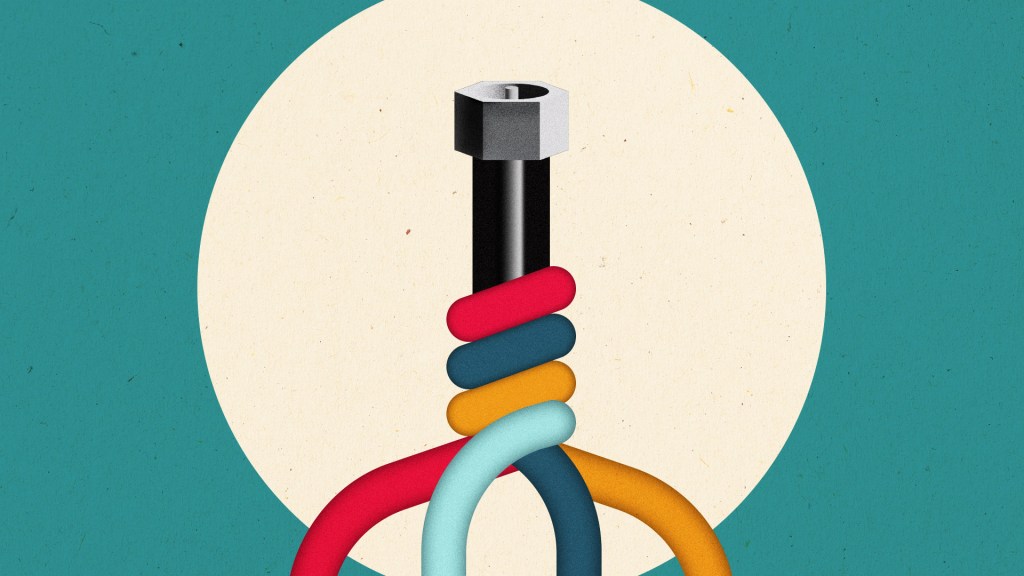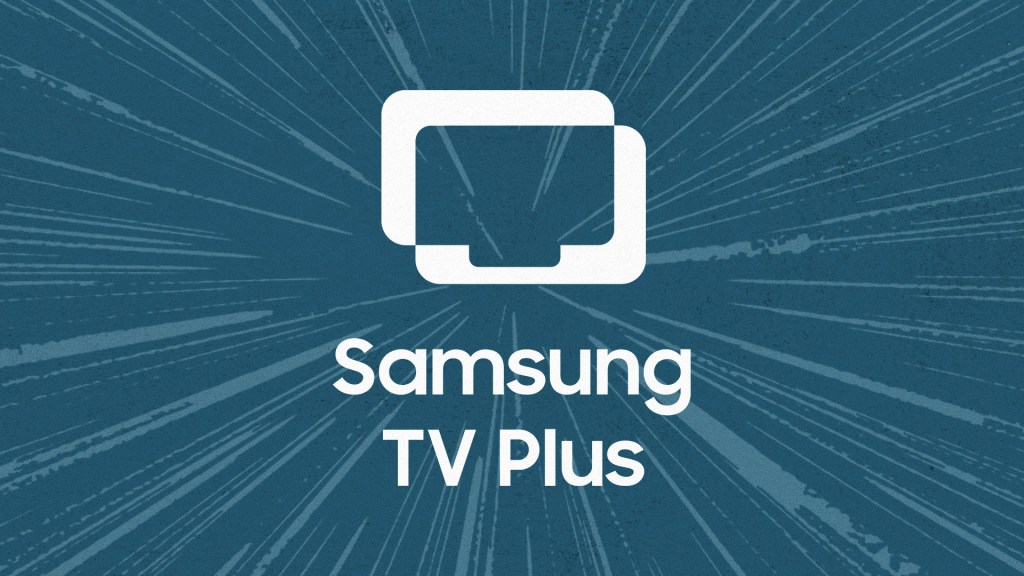AI in Animation Is Not an All-or-Nothing Proposition
In this article
As the one-year anniversary of the SAG-AFTRA strike resolution approaches, another Hollywood union is currently locked in a battle over the role of technology in its business.
The Animation Guild, the animation-centric branch of below-the-line crew union IATSE, is negotiating its own new contract with the studios, with animators and other creatives raising concerns that generative AI will ravage the animation business — an idea executives have certainly done their part to propagate.
It was against this backdrop that AI-fueled animation studio Toonstar convened a diverse panel of experts for the “AI-nimation” event in Los Angeles last week (moderated by VIP+) to discuss both the challenges and opportunities afforded the industry by the technology.
By and large, the panel took a positive view of AI’s potential, with even its resident artist, animator and Loyola Marymount University professor José García Moreno, highlighting the tech’s usefulness in the production process. As Moreno explained, he once used ChatGPT to help him program an animated simulation of birds in flight by generating Python code.
“You can create a dialogue with the machine,” he said. “There’s a passive way of relating to AI, and there’s an active way of interacting with AI.”
Indeed, other panelists were emphatic about the need to preserve an artist-driven approach to film and TV projects, with AI used as a tool to enhance the creative process rather than as a replacement for human labor. And Toonstar CEO John Attanasio enthused over the opportunities the tech offers to more independent-minded animators, who have historically found it all but impossible to mount ambitious projects in a costly time- and labor-intensive medium.
“That group of creators and storytellers who are getting left behind by the legacy gatekeeper system — that’s what we really think we’re unlocking,” Attanasio said, adding that AI tools present advantages for “digital-first distribution” by facilitating faster, less pricey animation.
“By the time [a typical animated project] reaches an audience, you’re four or five years into it — and in five years, things change,” he noted. (As the Los Angeles Times has wryly observed of Max’s animated “Gremlins” series, for instance, the show’s platform “was given a name, launched, acquired in a mega media merger and relaunched with a brand-new name and catalog,” all in the time between the series’ greenlight and premiere.)
It’s an apt point at a time when available jobs are already declining across the industry. Animation has been hit hard in the post-peak TV marketplace, with studios wracked by layoffs, slates reshuffled and some titles removed from circulation altogether.
The impact can be seen in animated TV output: Subscription streaming and cable, both former bastions for animated series, have reduced releases of such shows significantly from their peak levels, with fewer than 75 animated TV seasons premiering in the first half of 2024 — down more than 20% year-over-year.
Of course, animation purists may wonder if the opportunities opened by AI will primarily be for the influencers already eating into (if not devouring) Hollywood’s share of viewer engagement. Toonstar’s biggest success to date is “StEvEn & Parker,” a collaboration with YouTube and TikTok star Parker James that translates the influencer’s content into animation.
But there’s no reason multiple approaches can’t coexist, even as studios are likely to embrace any opportunity for a faster, cheaper approach.
A rare success story from the independent animation world actually emerged just last month: Netflix struck a deal to license the YouTube series “The Amazing Digital Circus” for its platform, while evidently allowing the creators to retain both creative control and the right to distribute the series via YouTube.
While “Digital Circus” has released just three half-hour episodes over the course of a year, its popularity belies that fact: The pilot has received more than 350 million YouTube views, and episode 3 has amassed 40 million after two weeks of availability, more than the current top-ranking TV season on Netflix — “Outer Banks” Season 4 — received in its first week.
All this is to say that speed and efficiency are not the only avenues for success in a digital-first animation landscape, even as AI pushes the industry further in that direction. Again, it’s not hard to predict which approach will be favored by studios, and “Digital Circus” is more likely a unicorn in the space than a template for future animation success stories.
But if AI’s integration into the process is an inevitability, as the “AI-nimation” panelists insisted it is, boosters and skeptics alike should remember that the proposition is not necessarily all or nothing. Indeed, if reports of working conditions in animation without AI are to be believed, there may well be room for a more positive symbiotic relationship between artistry and technology.









